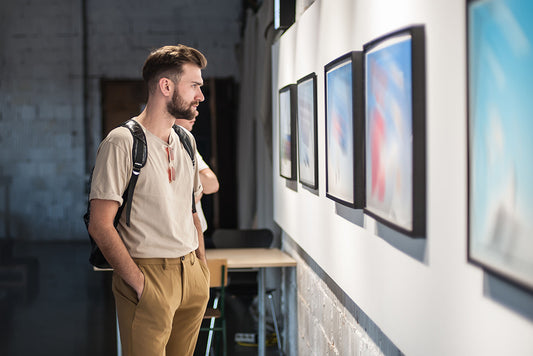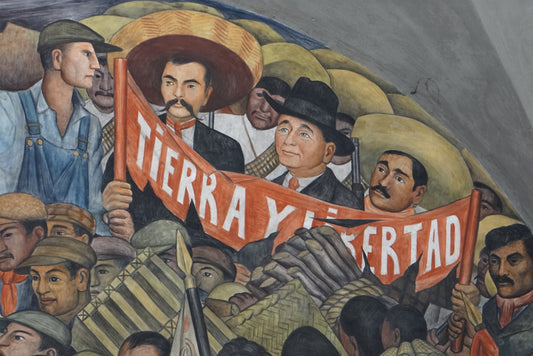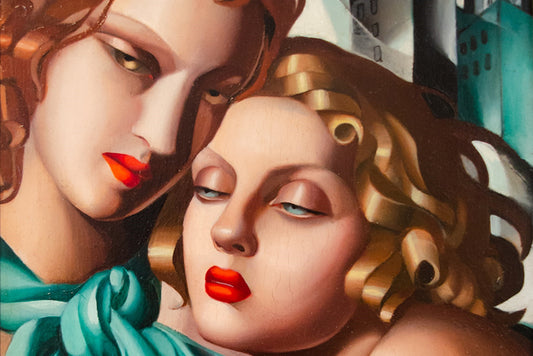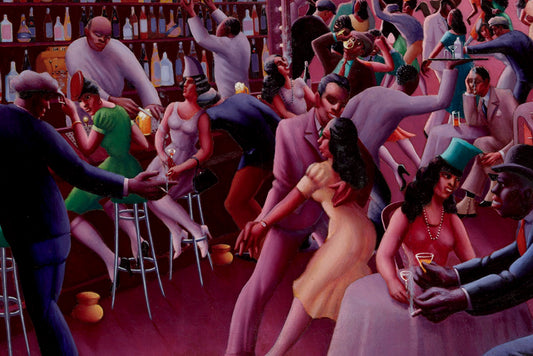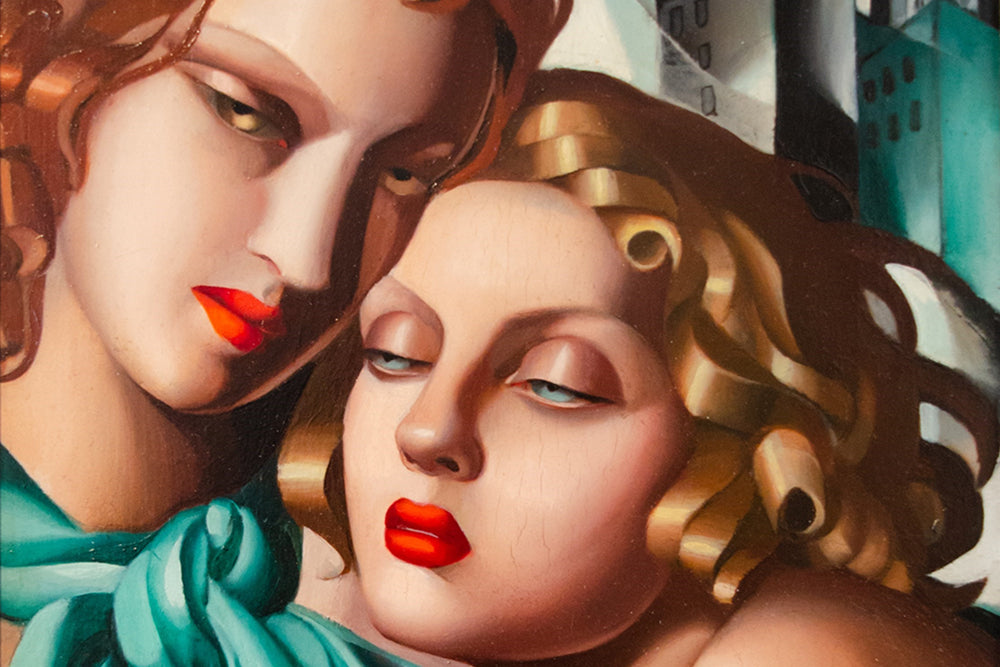
Unveiling the Rainbow
The spectrum of human experience, with its myriad hues of identity and emotion, is profoundly reflected in the realm of art. Among these diverse colors, the influence of LGBTQ+ artists shines distinctively, their indelible strokes blending resilience, authenticity, and creativity to form an inspirational canvas. This piece aims to highlight the transformative contributions of these artists across the timeline of art history, emphasizing the significance of diversity, inclusivity, and equity in the vibrant tapestry of artistic expression.
High Renaissance: Leonardo da Vinci (1452–1519)
One cannot begin a conversation about art history without the genius of the High Renaissance – Leonardo da Vinci. While he never publicly identified as gay, speculations about da Vinci's homosexuality pervade scholarly discourse, lending a nuanced layer of depth to his masterpieces like "Mona Lisa" and "The Last Supper." His life and works pose thoughtful questions on the intersections of identity, genius, and artistry.
Aestheticism and Pre-Raphaelite: Simeon Solomon (1840–1905) and Henry Scott Tuke (1858–1929)
The Aestheticism and Pre-Raphaelite movements bore witness to the artistic prowess of Simeon Solomon, a Jewish-English artist. Openly gay, Solomon graced these movements with tender depictions of queer longing in works such as "Sappho and Erinna in a Garden at Mytilene." His life, marked by the tribulations of being a homosexual in the Victorian era, serves as a testament to resilience and self-expression.
Around the same era, another British artist, Henry Scott Tuke, also unapologetically celebrated his homosexuality through his art. His oil paintings and watercolors, like "August Blue," portrayed male beauty and companionship with a distinctive warmth, lending an essential voice to homosexuality within art circles.
Realism: Rosa Bonheur (1822–1899)
In the 19th-century domain of Realism, Rosa Bonheur stands as a unique figure. An artist ahead of her time, Bonheur openly embraced her 'woman-loving' identity and penchant for masculine attire. Her work "The Horse Fair" is a testament to her defiance against societal norms and an embodiment of feminist and LGBTQ+ narratives in the realm of art.
Impressionism: John Singer Sargent (1856–1925)
American artist John Singer Sargent, speculated to be part of the LGBTQ+ community, is renowned for his impeccable treatment of light and color, best represented in pieces like "Carnation, Lily, Lily, Rose." Yet, beneath this visual grandeur, Sargent subtly wove themes of gender, sexuality, and intimacy, inviting viewers to delve into the complexities of human relationships.
Dadaism: Elsa von Freytag-Loringhoven (1874–1927)
Dadaism, a movement born from the chaos of World War I, found an audacious voice in Elsa von Freytag-Loringhoven. Known as the 'Dada Baroness,' she was unafraid to explore her bisexuality through avant-garde performances and ready-mades. Her life and work stand as a fierce testament to the rebellious spirit of Dada and the potential of art to challenge established norms.
Surrealism: Claude Cahun (1894–1954) and Frida Kahlo (1907–1954)
Surrealism, a movement marked by fantastical imagery and irrationality, was embraced by many LGBTQ+ artists as a medium to explore their identities. Claude Cahun, a gender non-conforming artist, used photography to question and deconstruct binary gender norms.
Meanwhile, Frida Kahlo, an openly bisexual woman, used her intensely personal and symbolic paintings to navigate themes of identity, gender, and post-colonialism, as seen in "The Two Fridas."
Art Deco: Tamara de Lempicka (1898–1980) and Gerda Wegener (1886–1940)
The Art Deco period, known for its lavishness and modernity, showcased the talent of openly bisexual artists Tamara de Lempicka and Gerda Wegener. De Lempicka's work like "Auto-Portrait (Tamara in the Green Bugatti)" exuded a bold, sexual liberation that resonated with the flapper era. Simultaneously, Wegener's beautiful illustrations of her transgender wife, Lili Elbe, depicted the fluidity of gender identity with warmth and sensitivity.
Precisionism: Charles Demuth (1883–1935)
Charles Demuth, an openly gay artist, held a pivotal position in the Precisionism movement. With a unique geometric style, he rendered the modern industrial landscape in works like "I Saw the Figure 5 in Gold," subtly infusing the essence of his queer identity in his paintings.
Pop Art and Street Art: Andy Warhol (1928–1987) and Keith Haring (1958–1990)
The later 20th century saw the rise of Andy Warhol and Keith Haring, two gay artists who redefined Pop Art and Street Art, respectively. Warhol, with his iconic pieces like "Marilyn Diptych," blurred the lines between high and low art, offering much-needed visibility to the LGBTQ+ community. Meanwhile, Haring's distinctive, vibrant style addressed socio-political issues like the AIDS crisis, marking the importance of art as a catalyst for change.
As we traverse the annals of art history, the profound influence of LGBTQ+ artists shines through the ages. Acknowledging their struggles and triumphs, we ensure their voices echo throughout history, enriching our understanding of diversity, inclusivity, and equity in art. Their resilience, authenticity, and innovation illuminate the collective human experience, reminding us that every stroke, every hue matters in the grand canvas of art history.
The voices of these artists – both acclaimed and overlooked – are more critical today than ever, highlighting the significance of marginalized narratives in the collective artistic worldview. By recognizing and appreciating their contributions, we underscore art's potential to inspire unity, challenge norms, and facilitate change, echoing the vibrant symphony of humanity in all its colors.

